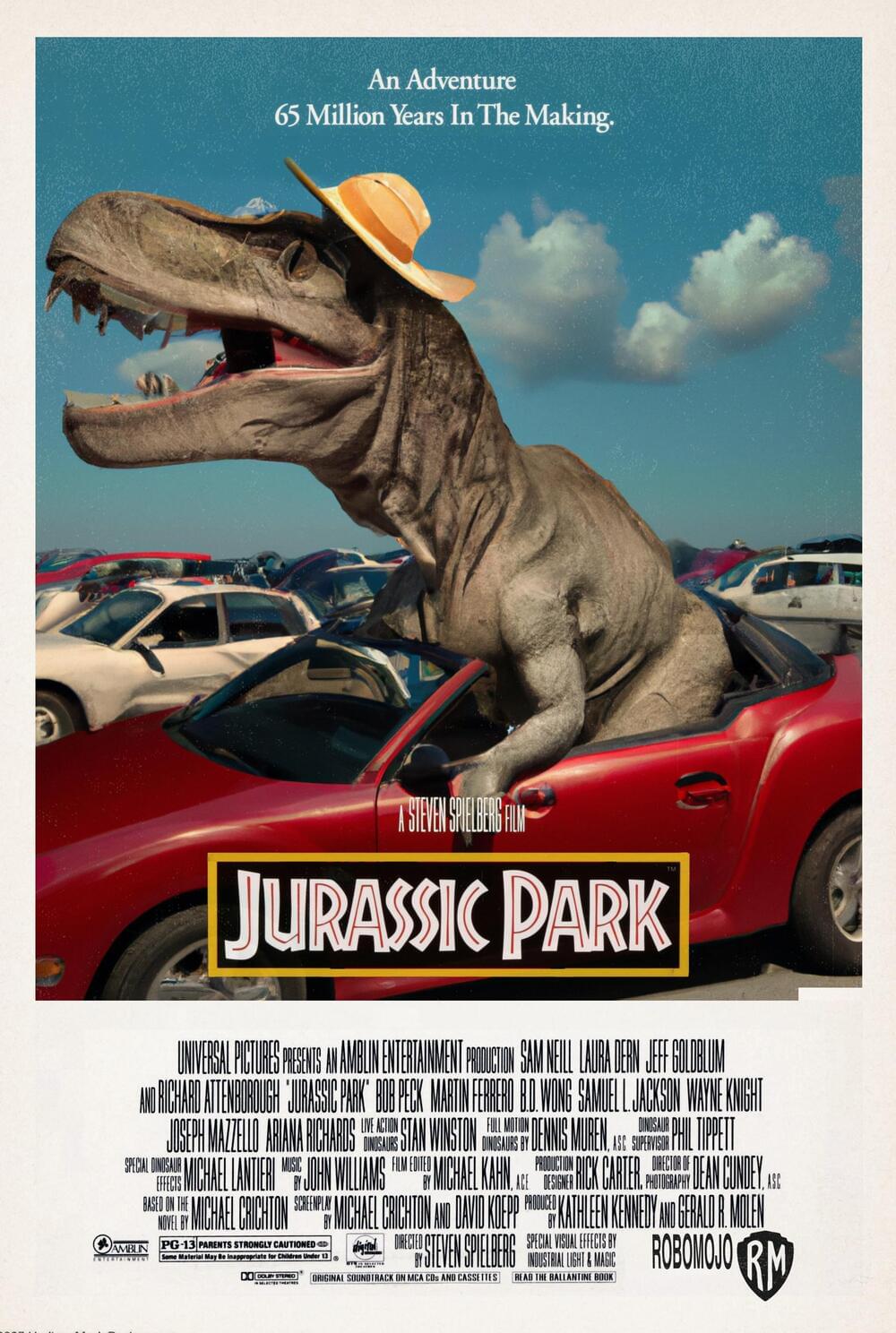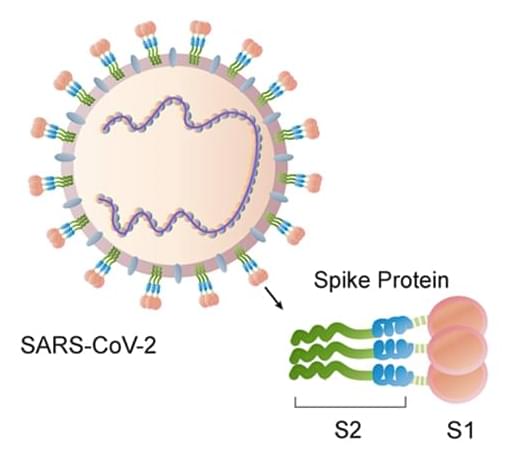A budget-friendly remodel transforms an RV camper into a chic cozy home for a family of five.



To form a celestial object, start with a gas cloud and add gravity. Then, it gets complicated.
Accretion is one of the most fundamental processes in the cosmos. It is a universal phenomenon triggered by gravity, and the process by which bits of matter accumulate and coalesce with more bits of matter. It works inexorably on all scales to attract and affix smaller things to bigger things, from the tiniest dust grains to supermassive black holes.
Accretion creates everything there is: galaxies, stars, planets, and eventually, us. It is the reason the universe is filled with a whole bunch of somethings instead of a whole lot of nothing.
The fact that matter tends to glom together may seem intuitive. But to scientists, accretion remains a mysterious topic, filled with unanswered questions.

Science, Technology, Health, Physics, Chemistry stay Updated.
Scientists from The Australian National University (ANU) and James Cook University (JCU) have identified an “exquisite” natural mechanism that helps plants limit their water loss with little effect on carbon dioxide (CO2) intake—an essential process for photosynthesis, plant growth and crop yield.

Check out the size of these awesome orbital rings!
Filmmaker Hashem Al-Ghaili has created a micro-budget sci-fi film with amazing visual effects and megastructures in ‘Orbital.’

Get wrekt, spammers. Security researcher Troy Hunt has created a hilariously devious ‘password purgatory’ for people invading his inbox.
Whether it’s John Wick or The Count of Monte Cristo, we all love a good revenge story. Right now, my current favorite is a wholesome nerdy tale told by Troy Hunt.
You likely already know Hunt as the force behind Have I Been Pwned, an invaluable security resource for us normies on the internet. The website tells you if your email address or phone number has been found in data breaches, and if you’re so inclined, lets you register for notifications should your info become exposed later on.
But he also documents his various side projects. His latest: Dishing a little return pain to spammers for stealing time from him. The punishment involves sending them to what he calls “password purgatory.”

Were you unable to attend Transform 2022? Check out all of the summit sessions in our on-demand library now! Watch here.
The single point agenda for fast-growth enterprises today is superlative customer experience. As forward-looking organizations strategize, customer focus is at the core of any digital transformation initiative. The technology must be agile and intelligent to ensure a positive customer experience from day one. And if you think you have time to iron out your customer delight checkpoints, think again. Retail customers have indicated time and time again that they’re willing to walk away from brands after just one bad experience.
As enterprises revisit their tech stack to level up their customer experience, customer relationship management (CRM) is the ubiquitous starting point as it is a vast river from which millions of rivulets of information flow. So, how do we draw the pathways that interconnect these rivulets to form data streams that help sales teams sail straight to desirable customer outcomes?


A universal coronavirus vaccine “could solve the problem of endless new waves of disease caused by variants with reduced vaccine sensitivity”.
Researchers at the Francis Crick Institute in London have shown that a specific area of the SARS-CoV-2 spike protein is a promising target for a pan-coronavirus vaccine that could offer protection against new variants, as well as common colds, and help prepare for future pandemics.
Developing a vaccine against multiple coronaviruses is a challenge because this family of viruses have many key differences, frequently mutate, and generally induce incomplete protection against reinfection. This is why people can suffer repeatedly from common colds, and why it is possible to be infected multiple times with different variants of SARS-CoV-2.
A pan-coronavirus vaccine would need to trigger antibodies that recognise and neutralise a range of coronaviruses – stopping the virus from entering host cells and replicating.
Researchers at Tel Aviv University and the University of Lisbon have jointly identified and synthesized a small molecule that could be a more accessible and effective alternative to an antibody that is successfully used to treat a range of cancers. Behind the groundbreaking development is an international team of researchers led by Prof. Ronit Sachi-Fainaro, Head of the Center for Cancer Biology Research and Head of the Laboratory for Cancer Research and Nanomedicine at the Sackler Faculty of Medicine, Tel Aviv University, and Prof. Helena Florindo and Prof. Rita Guedes from the Research Institute for Medicines at the Faculty of Pharmacy, University of Lisbon. The results of the study were published in the Journal for ImmunoTherapy of Cancer.
“In 2018, the Nobel Prize in Medicine was awarded to James Allison and Tasuku Honjo for their contribution to the study of immunotherapy, the treatment of cancer through activation of the immune system,” says Prof. Satchi-Fainaro, a 2020 Kadar Family Award recipient. “Honjo discovered that immune cells called T cells express the protein PD-1 that disables the T-cells’ own activity when it binds to the protein PD-L1 expressed in cancer cells. In fact, the interaction between PD-1 and PD-L1 allows cancer cells to paralyze the T cells, preventing them from attacking the cancer cells. Honjo developed antibodies that neutralize either PD-1 or PD-L1, thereby releasing the T cells to fight cancer effectively.”
The antibodies against PD-1/PD-L1 proteins are already approved for clinical use and are considered the great promise in the fight against cancer. This immunotherapy can significantly improve patient outcomes, without the severe side effects that accompany treatments such as chemotherapy. But the antibodies are expensive to produce, and hence not available to all patients. Moreover, the treatment does not affect all parts of the solid tumors because the antibodies are too large to penetrate and reach less accessible and less exposed areas of the tumor. Now, researchers at Tel Aviv University and the University of Lisbon have used bioinformatic and data analysis tools to find a smaller, smarter alternative to these antibodies.